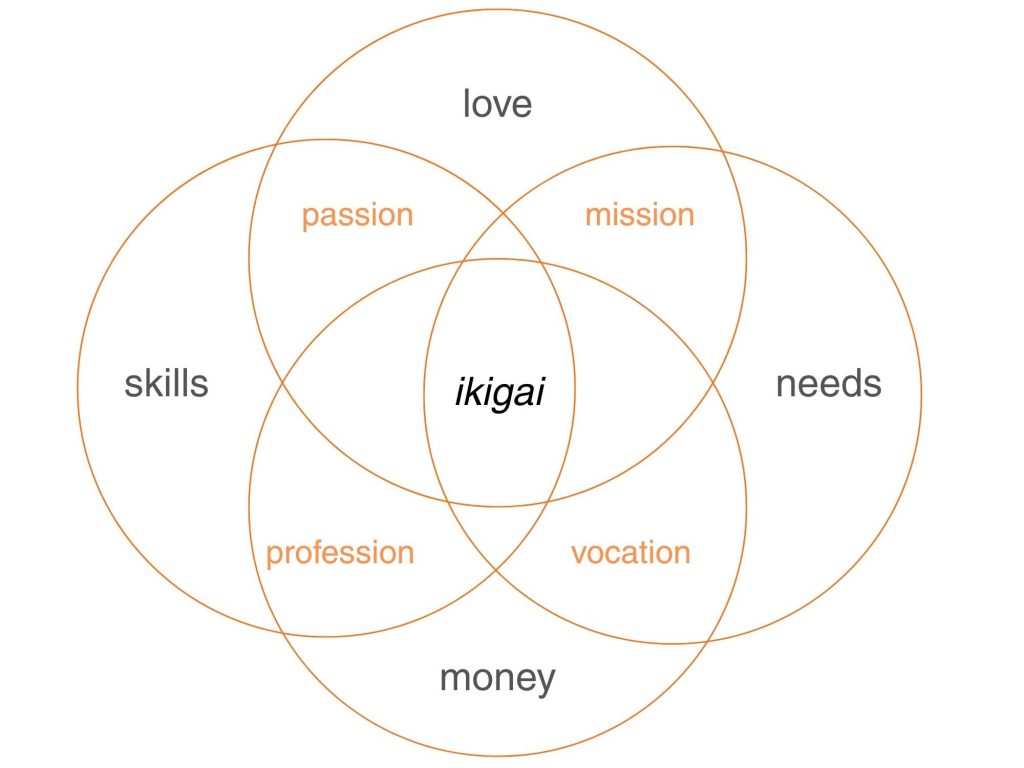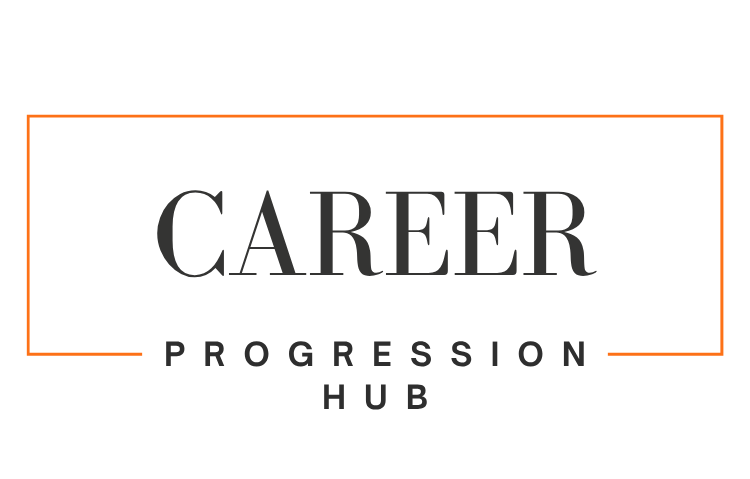Career Progression Hub
London, UK
Have you ever paused and asked yourself, “What do I actually want to do with my life?” or “Is this the right career for me?” You’re far from alone. Consider this: in the UK, the average persaon will spend roughly 84,000 hours over their lifetime at work — an estimated 3,500 days of full-time employment. When the majority of our waking hours are devoted to our career, it matters deeply that what we do aligns with who we are.
That’s where the concept of Ikigai comes in — a Japanese term meaning reason for being. The book Ikigai: The Japanese Secret to a Long and Happy Life by Héctor García and Francesc Miralles identifies a life of meaning at the intersection of four key elements: what you love, what you are good at, what the world needs and what you can be paid for. When your work sits where all four converge, your career becomes more than a job — it becomes purpose.
What Is Ikigai?
Ikigai is not a fleeting buzzword. Rather, it is a holistic approach to life and work. Imagine four overlapping circles:
- What you love (Passion)
- What you are good at (Vocation)
- What the world needs (Mission)
- What you can be paid for (Profession)

In “the sweet spot” where these four merge, you find your Ikigai. The idea is elegantly simple yet profound: aligning your interests, strengths, values and economic reality leads to a more fulfilling career and life. The authors underscore this by linking Ikigai to longer, happier lives — not necessarily through grand gestures but through daily, meaningful engagement.
Why Ikigai Matters for Your Career
Let’s face it: many of us fall into careers by default. We choose convenience, tradition or salary over alignment. The result? A mismatch between who we are and what we do. According to research, UK workers often feel their jobs lack meaning. When you’re investing tens of thousands of hours into something, it makes sense to dig deeper.
Ikigai invites a pause: it asks us not just What job do I want? but What life do I want to live? With that in mind, your career becomes a journey of exploration. You’re less likely to wander aimlessly when you have a compass. And that compass is your Ikigai.
How to Use Ikigai to Choose Your Career Path
Here’s a practical, step-by-step way to use Ikigai as a career guide. Grab a notebook, switch off distractions and let the questions guide you.
1. What You Love (Passion)
First, ask: what lights you up? What topics or activities make time fly by? When do you feel engaged?
Think about:
- The classes, projects or hobbies you enjoyed most.
- Times when you felt energised rather than drained.
- Subjects or causes you talk about with genuine enthusiasm.
Example: “I loved helping friends solve their tech glitches and explaining how things work.” That might hint at roles in tech support, training or user-experience.
2. What You’re Good At (Vocation)
Next: what are you naturally competent in?
Reflect on:
- The tasks you complete confidently.
- Feedback from peers, tutors or bosses.
- Skills you used in projects, part-time work or volunteering.
Even as a new grad, you’ll find patterns. Perhaps you’re great at breaking down complex information or empathising with others. These become clues.
3. What the World Needs (Mission)
Meaning arises when you connect your work to something bigger.
Ask:
- What issues or problems care about solving?
- In which contexts do you want to help others?
- What difference would you like to make?
Example: You want to reduce food waste. Combine that with your love of research and you might explore roles in sustainability consulting, supply-chain analysis or policy.
4. What You Can Be Paid For (Profession)
Finally, realism. Passion and mission are vital, but you also need viability.
Consider:
- Jobs or industries seeking skills like yours.
- What employers are willing to pay for your competencies.
- How you can build a bridge from what you love to what’s in demand.
It’s entirely possible to love writing fiction and become a content creator or copywriter. The “profession” part asks: where does your joy meet the market?
Bringing It Together
Now is the time to overlap. Draw the four circles — Love, Good At, Needs, Paid For — and start noting where themes intersect.
You may discover patterns like:
- You love teaching + you’re good at explaining + the world needs literacy support + you can be paid as an educator.
- You love design + you’re skilled in software + society is seeking intuitive apps + you can work as a UX designer.
Don’t feel pressured to nail one final job. Your Ikigai might evolve. What matters is clarity on direction. As García and Miralles wrote:
your Ikigai emerges from the overlap between who you are and what you do daily.
Putting Your Ikigai Into Action
Once you’ve identified possible areas, move from reflection to action.
- Research roles related to your overlaps. Use sites like Prospects or the National Careers Service for real-world insights.
- Conduct informational interviews: speak to professionals in relevant fields.
- Experiment: internships, side-projects, volunteering. These build clarity.
- Reflect periodically: what changed? What surprised you? What still feels right?
Your career should be a living journey, not a rigid plan. Many of today’s young professionals switch roles or sectors several times during their working-life. Open Study College
Common Myths About Ikigai
- Myth: You only have one Ikigai for life.
Truth: You may have several, as you grow and shift. - Myth: It’s only about work.
Truth: It spans life — family, hobbies, community. - Myth: You must have it all figured out now.
Truth: It’s a process of discovery and refinement.
Final Thoughts
Choosing your career isn’t simply picking a job title; it’s about shaping a life. When your work aligns with your joys, strengths, values and reality, you create something sustainable and meaningful.
The Japanese concept of Ikigai offers more than a framework: it offers hope. Hope that you can wake up with purpose. Hope that those 80,000+ hours of work don’t have to feel wasted.
Take time. Reflect. And let your Ikigai guide you.







